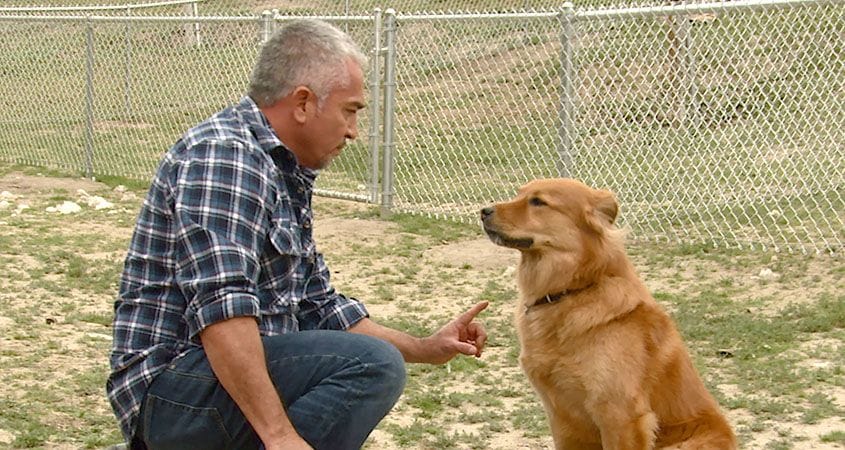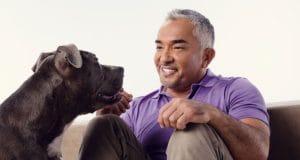I hate to break it to you, but your dog is an addict. She may appear absolutely normal and function perfectly well, probably follows commands (usually), and plays nicely with others at the dog park. But if she doesn’t get her fix regularly, it can make her a little crazy.
What is Your Dog Addicted To?
If this description seems harsh, then it’s because humans tend to associate the word “addict” with the word “drugs,” and you probably have an image in your mind to go with it — some disreputable looking person, dressed shabbily, lying in an alley with a needle in their arm.
I’m sure that doesn’t describe your dog, or you. But dogs and humans are addicts, and for the same reasons.
Our brains have been designed to reward us for experiences that release certain chemicals that make us feel good. Whether we’re consciously aware of it or not, we — and our dogs — will return to those experiences for the pleasure we get.
It’s easy to see how drugs, legal and otherwise, and other substances like alcohol, tobacco, and caffeine can fit that pattern exactly. A lot of drugs are designed to make us feel good, whether they’re narcotics to help us sleep, painkillers to overcome aches and injuries, or stimulants to give us energy. They are referred to as psychoactive substances for exactly that reason — they have an effect on the mind.
But they are not the direct cause. They’re only responsible for releasing the chemicals I mentioned previously, which are all naturally occurring in our brains. And this is why people can become addicted to other things that don’t involve drugs — exercise, hobbies, sex, binging TV shows, and on and on. Anything that a human can do can become an addiction when done to excess, although some addictions can be healthier than others. Exercise is much better for you than heroin, for example.
Does it Affect Behavior?
Dogs are no different. They will generally have a healthy addiction to exercise and to routine. Give a dog enough exercise and a regular schedule, and you will help prevent them from developing unhealthy addictions. Fail to fulfill their needs and like humans, they can fall prey to all kinds of bad, repetitious behaviors, like excessive licking, chewing their paws, chasing their tails, urinating in the house and separation anxiety.
Addictions are just habits that can’t be controlled and they go out of control because our dogs — and we — gradually begin to associate a reward with the behavior. Running marathons can release endorphins into the human brain, and these are feel-good chemicals. It’s not uncommon for people who start any kind of intense physical activity to not want to stop, and this is why.
Sharing affection releases another chemical, oxytocin, which is involved in maternal bonding with children and romantic bonding in a couple. This chemical also flows through dog’s brains when we are showing them affection.
This is exactly one of the mechanisms with which we can give our dogs bad addictions. When we give them affection, their brains flood with oxytocin. This surge of good feelings conditions them to associate whatever they were doing when they got that affection with a way to get that affection again.
If that seems familiar, it’s because that’s exactly how human addictions happen. We do something. Our brain gets flooded with feel-good chemicals. Consciously or not, we make an association between the two, and begin to repeat the behavior that made us have happy feelings, regardless of whether it is good or bad for us.
Figuring Out and Fixing Bad Behavior
Fortunately for our dogs, once we recognize their bad addictive behaviors, it should be easy for us to figure out why they think they’re being rewarded and then work to reverse the association. Just pay attention to your own behavior in relation to theirs, recognize the signals you send that suddenly put your dog into that addicted mode, and then work your way back to the cause from there before working forward to the solution.
Then, while you’re doing all this, think about anything you might do that you would consider an addiction, then separate the positive, benign ones from the negative and dangerous ones. Focus on the latter, and then follow the same process you did with your dog to work your way back to your cause.
And that is probably the best way that you can help your dog and vice versa. Because they are instinctual and not intellectual, when we learn how to put ourselves into their minds we can learn so much about our own, and learn to understand our own behaviors as we strive to fix theirs. Since they are our greatest teachers, they can also help us do more than try, and lead us to actual achievement.
So the next time your dog tears up the TP, or pees on the rug, or eats your favorite shoes, step back, ask yourself why she may have done it, then ask yourself how you might have made her do it. Find the intersection of the answers to those questions, you’ll solve both of your problems.
Stay calm, and listen to your dog’s instincts!











